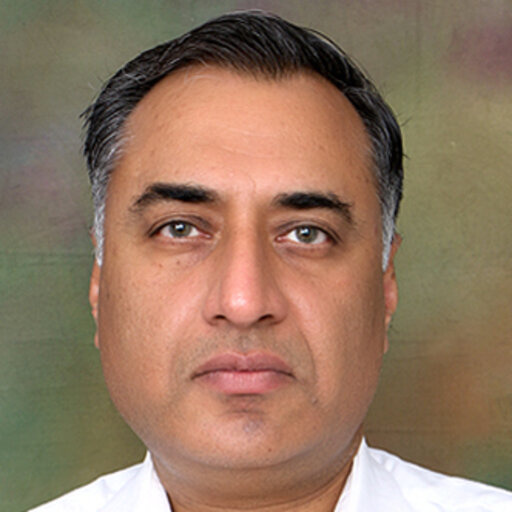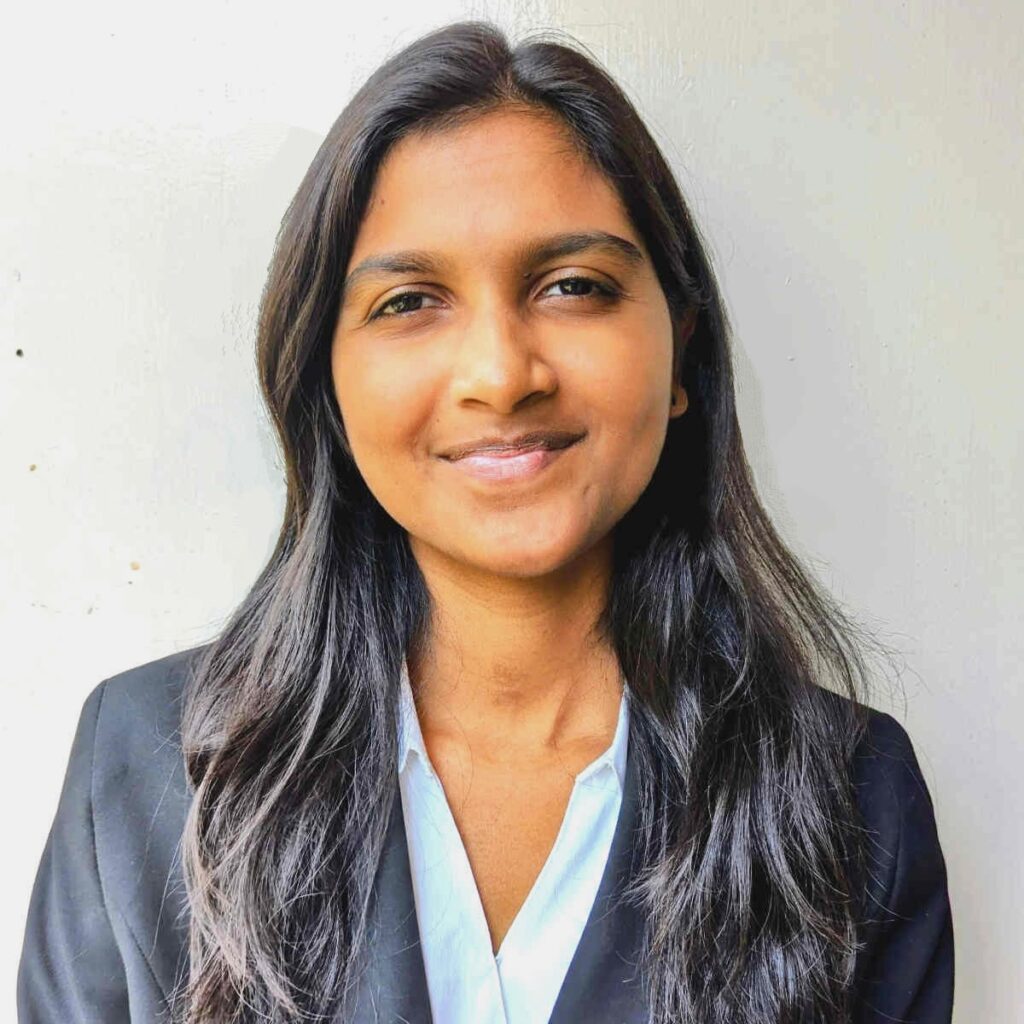
Dr. Anil Kumar Angrish

Telukunta Sai Kinnera
Voluntary licensing refers to the practice of Intellectual Property (IP) holders voluntarily granting licenses to their patents or other Intellectual Property (IP). Regarding pharmaceutical industry, voluntary licenses are private contractual agreements through which licensors, i.e. patent-holding pharmaceutical companies set out the terms under which a generic version of a patented medicine is allowed to enter the market from licensees or alternate suppliers. In contrast to this, in Compulsory Licensing, a government authority grants a third party a license to the Intellectual Property. Section 84 of the Patents Act, 1970 provides for grant of Compulsory Licence on Patent on any of the grounds, namely:- (a) that the reasonable requirements of the public with respect to the patented invention have not been satisfied, or (b) that the patented invention is not available to the public at a reasonably affordable price, or (c) that the patented invention is not worked in the territory of India.
Voluntary Licenses can be Exclusive Voluntary Licenses or Non-Exclusive Voluntary Licenses. In case of Exclusive Voluntary Licenses, the licenses are granted to specific licensee and provide them sole rights to use the patented technology whereas in case of Non-Exclusive Voluntary Licenses (NEVLs), multiple licensees are allowed to use the patented technology. In pharmaceutical sector, it has been observed that non-exclusive voluntary licenses are given out to multiple licensees to increase market access and bring down the prices of drugs as this leads to competitive pricing and wider distribution.
Out of 34 Voluntary License deals observed during the period 2011-2024, therapeutic categories such as HIV/AIDS, Hepatitis C, and Covid-19 have received maximum number of Voluntary Licenses, i.e., 31 out of 34 Voluntary Licenses. It can be attributed to high prevalence, and the existing cost of treatment in these therapeutic segments. Tuberculosis, Gram-negative infections and Leukemia (Oncology) respectively had one Voluntary License in each case. Out of 34 cases of Voluntary Licenses, HIV/AIDS had dominant share, i.e., 50 per cent. In 2017, it was for the first time that a drug was licensed for Tuberculosis condition. Year-wise details observed and Condition-specific aspects have been covered in Table 1. This also reflects the need to reassess the priority list of high-priced drugs due to emergence of high-prevalence diseases such as cancer and blood-related disorders.
Table 1:- Voluntary Licenses Issued (2011-2022)
| Therapeutic Category | 2011 | 2013 | 2014 | 2015 | 2017 | 2018 | 2020 | 2021 | 2022 | Total |
| Covid-19 | – | – | – | – | – | – | 2 | 5 | 1 | 8 |
| Gram-negative Infections | – | – | – | – | – | – | – | – | 1 | 1 |
| Hepatitis-C | – | – | 3 | 1 | 1 | 1 | – | – | – | 6 |
| HIV/AIDS | 6 | 2 | 4 | 2 | 1 | – | 1 | – | 1 | 17 |
| Leukaemia | – | – | – | – | – | – | – | – | 1 | 1 |
| TB | – | – | – | – | 1 | – | – | – | – | 1 |
| Total | 6 | 2 | 7 | 3 | 3 | 1 | 3 | 5 | 4 | 34 |
Source: Based on announcements of respective Voluntary Licensing deals
The Access to Medicines Foundation has judged various pharmaceutical companies based on the actions which companies have taken to address key access to medicine priorities, i.e., Governance on Access, R&D, and Product Delivery. Pharmaceutical companies have been ranked by the foundation. Descending Order is: GSK, J&J, AstraZeneca, Novartis, Merck KGaA, Pfizer, Takeda, Sanofi, Bayer, Roche, Novo Nordisk, Eisai Co., Boehringer Ingelheim, Gilead Sciences, BMS, Astellas Pharma, Daiichi Sankyo, Merck & Co., AbbVie and Eli Lilly. Although these pharmaceutical companies have been rated so high with respect to ‘increasing market access’ but all these pharmaceutical companies are not implementing voluntary licensing as a method to achieve ‘market access’. There are many pharmaceutical companies whose drugs are listed on WHO’s Model List of Essential Medicines, and are therefore, fit candidate under Non-Exclusive Voluntary Licenses. Rather, these pharmaceutical companies are opting for ‘parity pricing’, ‘competitor-based pricing’, among other measures.
Gilead Sciences has signed the highest number of Voluntary Licensing deals, and the number of deals for the company stood at 11 out of 34 in the period from 2011 to 2022. ViiV Healthcare had 4 deals during this period, followed by AbbVie (3), Merck & Co. (3), Bristol Myers Squibb (2), and Shionogi & Co. (2). Other nine deals had involvement of organizations – AstraZeneca, Eli Lilly, J&J, Novartis, Otsuka, Pfizer, Pharco Pharmaceuticals, Russian Direct Investment Fund and Tibotec and each had one VL deal.
At the time of Voluntary Licensing deal, it is mentioned that the move will have positive impact so far as gaining market access is concerned. In 21 out of 34 Voluntary Licensing deals, innovator pharmaceutical companies gained access in more than 100 countries through each Voluntary Licensing deal. In 8 out of 34 VL deals, companies gained access in 55 to 99 countries, and in 5 cases, these companies got access in 15 to 55 countries through each VL deal. Innovator pharmaceutical companies got access in upper-middle income countries, Lower Middle Income Countries (LMICs), and Lower Income countries in different regions such as Eastern Europe, Central Asia, South Asia, East Asia and the Pacific, North Africa and the Middle East, and Sub-Saharan Africa.
It is commonly observed that prices of originator drugs are quite high, and the generic versions of the same drug seem to be quite affordable for people with poor-paying capacity. At any point of time, prices vary for each drug, e.g., Daklinza (Daclatasvir) 60 mg price of Bristol Myers Squibb was US$ 75,000 whereas generic versions from Zydus, Mylan, and Hetero had the price tag of $17.96, $17.96, and $35.93 respectively in May 2024. So, generics price in this case was around 0.02% – 0.04% of the originator’s price. For another drug – Vemlidy (Tenofovir Alafenamide) which is used in HIV/AIDS, available in 25 mg, Gilead had a price of $1407 whereas generic version from Natco and Macleods had a price tag of $14.45 and $14.95 respectively. In this case, generic price was just 1-1.1% of the patented drug price.
Voluntary licenses are signed based on certain terms and conditions. An important condition is regarding the royalty payment by the generic manufacturers to the patent-holders. Usually, certain percentage of net sales is charged as royalty. There are instances where in cases of emergency and high-burden, licenses are issued royalty free too. For example, in 10 VLs, royalty was not charged so these were royalty-free deals in the cases of pediatrics and APIs. In 5 cases, royalty rate was 5 per cent. In 2 cases, royalty percentage was 3-5%. There are instances where innovator pharmaceutical companies preferred tiered charging of royalties. A report by MSF (‘Voluntary Licenses: Full brief by Medecins Sans Frontieres Access Campaign’) cited that ViiV Healthcare (GSK) entered into a licensing agreement for adult formulations of dolutegravir with the Medicines Patent Pool (MPP). Agreement had royalty clause of 5-10% in countries where a patent is active and granted. Further, sub-licensed generic manufacturers were obligated to pay royalties of 5 per cent in Moldova, the Philippines, India and Vietnam; 7.5 per cent in Indonesia, Egypt, Morocco, Armenia, and Ukraine; and 10 per cent in Turkmenistan.
Voluntary licenses include ‘anti-diversion’ clauses so as to prevent generic medicines from being resold outside the licensed territory, protecting lucrative markets for patent holders. Patent-holders apply many other means of control. Gilead’s sofosbuvir (for Hepatitis-C) license imposed stringent requirements on providers and patients, complicating treatment access and procurement processes. These clauses directly affect ‘parallel importation’ by imposing burdensome reporting requirements and strict monitoring of third-party distributors.
Technology Transfers accompanying voluntary licenses are pivotal for enhancing regional availability and local manufacturing capacity of medicines. Gilead, Bristol Myers Squibb (BMS), and ViiV Healthcare exemplify this approach. For example, Gilead has NEVLs for Hepatitis C and HIV treatments, including technology transfers for products like remdesivir. Similarly, BMS initiated technology transfers for atazanavir, benefiting local manufacturers in Brazil. ViiV Healthcare partnered with the Medicines Patent Pool (MPP) for NEVLs on HIV products and established public-private partnerships (PPPs) to expedite generic child-friendly formulations of dolutegravir.
‘Grant Back’ clauses are also integral component of Voluntary Licenses which require licensees to grant patent holders rights to any improvements in manufacturing or formulations. For example, AbbVie’s agreement with the MPP for glecaprevir/pibrentasvir mandated that sub-licensees must first offer AbbVie the option to purchase or exclusively license any new formulations developed. This restricts sub-licensees from freely marketing their innovations. This clause has implications for equitable access to affordable medicines, particularly in regions with critical healthcare needs. Through these clauses, innovator pharmaceutical companies create barriers for generic manufacturers to develop and supply improved formulations, impacting global health outcomes.
There are instances where Voluntary Licenses restricted the sourcing and production of Active Pharmaceutical Ingredients (APIs), which significantly impacts production cost. For instance, Gilead’s licenses (of Tybost, Elvitegravir, Vemlidy, and Tenofovir Disoproxil Fumarate) with Indian pharmaceutical companies, and the Medicines Patent Pool (MPP) limit API sourcing and supply, hindering competition and affordability. In certain cases such as the Otsuka-Mylan agreement on the TB medicine – delamanid, licensees were prevented from manufacturing APIs, resulting in minimal price reductions for generic versions. These constraints ultimately limit access to affordable medicines. In certain cases, patent holding companies prevent generic companies from conducting any research or clinical trials on the licensed products without prior written consent from the patent-holding company. Such a restriction raises concerns as it potentially limits the scope of permissible research activities, infringing on statutory research exemptions under national laws and the WTO Agreement on TRIPS, which typically allow such activities.
To address concerns highlighted, the licensing criteria should be based on ‘health needs’ rather than only ‘income’. ‘Grant Back’ terms should balance innovation and competition. Alignment of license agreements with international research exemptions can foster broader scientific advancements and better healthcare solutions globally. Voluntary Licensing is definitely an effective mechanism that addresses global health disparities. Impact of Voluntary Licensing is visible in terms of market access, especially in low income and middle-income countries. In the process, innovator companies get enhanced revenue as royalty, generic players gain on account of patient reach, and patients get access to medicines at lower prices.
Dr. Anil Kumar Angrish ,Associate Professor (Finance and Accounting),Department of Pharmaceutical Management, NIPER S.A.S. Nagar (Mohali), Punjab
Telukunta Sai Kinnera ,MBA (Pharm.), Department of Pharmaceutical Management,NIPER S.A.S. Nagar (Mohali), Punjab
Disclaimer: Views are personal and do not represent the views of the Institute.


